Search
Remove Ads
Advertisement
Summary 
Loading AI-generated summary based on World History Encyclopedia articles ...
Search Results
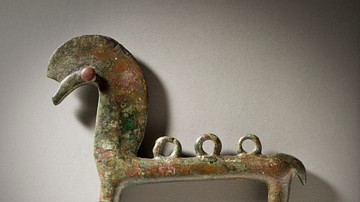
Definition
Villanovan Culture
The Villanovan culture flourished during the Iron Age in central Italy from c. 1000 to c. 750 BCE. It was a precursor of the Etruscan civilization, although the two populations are actually the same and the term Villanovan should not imply...
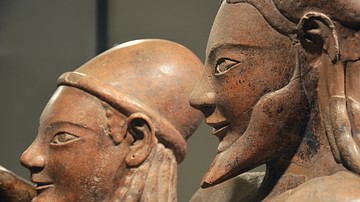
Definition
Etruscan Civilization
The Etruscan civilization flourished in central Italy between the 8th and 3rd century BCE. The culture was renowned in antiquity for its rich mineral resources and as a major Mediterranean trading power. Much of its culture and even history...
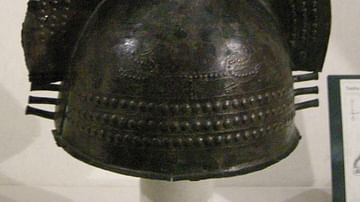
Image
Villanovan Bronze Helmet
A Villanovan bronze helmet, 8th century BCE. Poggio alle Croci necropolis, near Volterra, central Italy. (Museo Guarnacci, Volterra)

Image
Bronze Villanovan Harness Piece
A bronze horse harness piece from the Villanovan culture of central Italy. 9th-8th century BCE. (Los Angeles County Museum of Art)
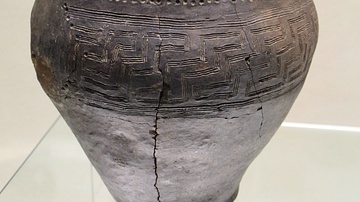
Image
Villanovan Biconical Funerary Urn
A biconical funerary urn with incised decoration from the Villanovan culture of central Italy. From Chiusi, 8th century BCE. (National Etruscan Museum, Florence)
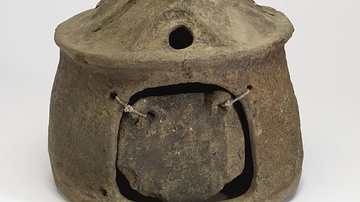
Image
Villanovan House Funerary Urn
A terracotta funerary urn in the form of a house from the Villanovan culture of central Italy. 8th century BCE. (Walters Art Museum, Baltimore, USA)
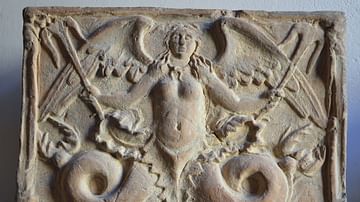
Definition
Ancient Volterra
Volterra (Etruscan name: Velathri, Roman: Volaterrae), located in the northern part of Tuscany, Italy, was an important Etruscan settlement between the 7th and 2nd century BCE. After its destruction by the Romans in the 1st century BCE it...
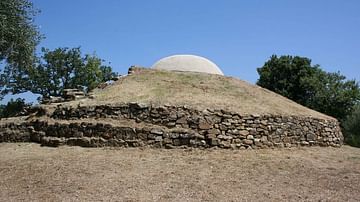
Definition
Vetulonia
Vetulonia (Etruscan: Vetluna), located in the hills near the western coast of central Italy, was an important Etruscan town from the 9th to 3rd century BCE. The site has many impressive tumulus tombs which were rich in artefacts illustrating...
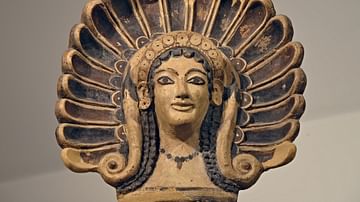
Definition
Etruscan Pottery
Etruscan pottery, produced over five centuries, was nothing if not varied. Indigenous wares such as the glossy black bucchero were made alongside red- and black-figure pottery imitating, yet modifying those produced in the Greek world. Geometric...
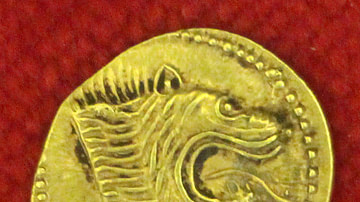
Article
Etruscan Trade
The Etruscan civilization flourished in central Italy between the 8th and 3rd century BCE, and their prosperity was largely based on their exploitation of local mineral resources, both through manufactured goods and trade. The Etruscans exchanged...